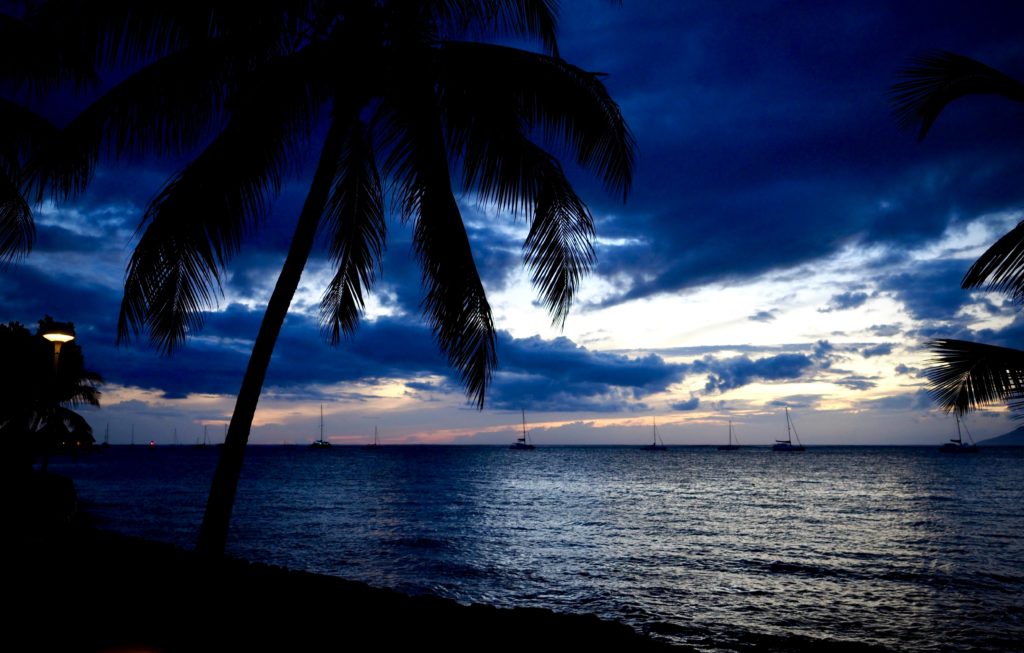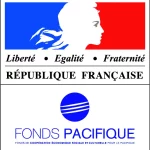2022 Goby Fisheries Tahiti Project
We are hosting a research project involving science collaborators from NZ, France and Tahiti working on the life-cycle of migrating tropical freshwater fishes that make the Goby-fry fishery, and its sustainable management in Tahiti.
Within the framework of the United Nations Decade of Ocean Sciences for Sustainable Development (2021-2030), our intention is to work collaboratively and regionally in the South Pacific with various partners (institutional, NGOs, private) to advance knowledge in biodiversity sciences and propose tangible solutions to multiple problems related to the aquatic ecosystems and our use of their resources.
Over the past two decades, pioneering work conducted by the French Natural History Museum (MNHN), the French Ichtyological Society (FIS) and others, including the New Zealand Department of Conservation (DOC), has highlighted the rich and diverse biodiversity present in rivers and streams of the tropical Pacific Islands. Significant new knowledge was generated through joint surveys of many of the high volcanic islands in the Solomon Islands, Palau, Federated States of Micronesia, Vanuatu, Fiji, Samoa, French Polynesia, Wallis and Futuna, and the Cook Islands. Most of the species found in rivers and streams are migratory species that move between freshwater and marine phases during their life-cycle (they are said ‘diadromous’). Many survey reports and identification books have been published as a result of those surveys of fishes and crustaceans.
The species associated with the freshwater fisheries of Oceania are however poorly known, apart from the species making the bulk of the whitebait fishery in New Zealand (Galaxias spp). Those fisheries face several challenges for biodiversity conservation, including habitat protection and restoration, fish passage, climate change and the appropriateness of rules attached to their management. They are also of economic, cultural, recreational and heritage value to the local communities where they occur.
The Ina’a fishery in Tahiti comprises two species, Sicyopterus lagocephalus, a cosmopolitan freshwater species found throughout most tropical islands around the world, more especially throughout the Indo-Pacific region, and S. pugnans, an endemic species to Polynesia (French Polynesia and Samoa). Both species belong to the Gobiidae family.
Similar fisheries exist elsewhere in the Pacific Islands, including in the Solomon Islands, Vanuatu, in Hawai’i, and other islands of French Polynesia where different species are found (S. marquesensis and S. rapa – in the Marqueses and Rapa Islands).
Whilst Goby-fry fisheries have started to be studied elsewhere, no information is yet available for Oceania. The principal objective of this project is therefore to gain and communicate (via scientific articles, posters and short documentaries) new knowledge on the life cycle of the two main species making the Ina’a fishery in Tahiti when they re-enter freshwater (where spawning occurs) following weeks of larval growth at sea. The new knowledge will help ‘la Direction des Ressources Marines’ of French Polynesia to help establish some baseline information and identify key parameters that could be used to help with the sustainable management of the fishery for local communities. Local fishermen will be involved as key actors in the fishery, holders of traditional knowledge, and caretakers of habitat and species conservation in those rivers they derive their livelihoods from.
The project is funded by the French Development Agency (‘AFD’) via their Pacific Funds, ‘la Direction des Ressources Marines’ of French Polynesia, and the French Embassy in New Zealand.
The project is coordinated by Dr Philippe Gerbeaux (Swamp Fever Consulting, Christchurch) and Professor Philippe Keith (MNHN, BOREA Unit/FIS, Paris).
More information about the project here.
This project fulfills one of our goals of improving and disseminating knowledge on biodiversity in the Pacific Islands, whilst fostering scientific collaboration between key research and management agencies in Oceania.

Project Lead

Philippe Gerbeaux, Senior Freshwater Biologist
Qualifications
- PhD (Ecology and Resource Management). Lincoln University and University of Canterbury, New Zealand, 1989
- Diplôme d’Etudes Approfondies (Ecology, Ethology and Planning), Université de Toulouse, France, 1982
Role at New Zealand Department of Conservation (DOC) 1995-2022
Philippe was a senior technical advisor in DOC’s Biodiversity Group, in the Aquatic Unit. He retired from his position in May 2022. His key areas of expertise include:
- Wetland ecology and management; Ecosystem classification (wetlands and other aquatic ecosystems, including coastal) ; Periphyton ecology Assessment of ecological significance, prioritisation, drivers of change, ecosystem services
- Ecology and management of freshwater species (fish and crustaceans) of Oceania
Philippe has been a key member of central government programmes to effectively protect, manage and monitor New Zealand wetlands. He has served on technical advisory groups, science advisory panels and was the Oceania representative on the Science and Technical Review Panel of the Ramsar Convention for two terms. He chaired the steering committee for the organisation of the 11th INTECOL Wetlands Conference held in Christchurch in October 2021. He also played a central role in setting up the IUCN Regional Office for Oceania in Suva, Fiji where between 2006 and 2009, he was seconded as Chief Technical Advisor. Since 1983, he has been involved in surveys of freshwater fauna throughout the Pacific Islands on a regular basis in collaboration with the Paris-based, French National Natural History Museum.
Before joining the Department of Conservation in 1995, Philippe has worked for DSIR Hydrology Centre and NIWA (as a periphyton ecologist). He is or has been a member of several professional organisation, including the New Zealand Freshwater Sciences Society, the French Ichtyological Society, Society of Wetland Scientists.
Partners





